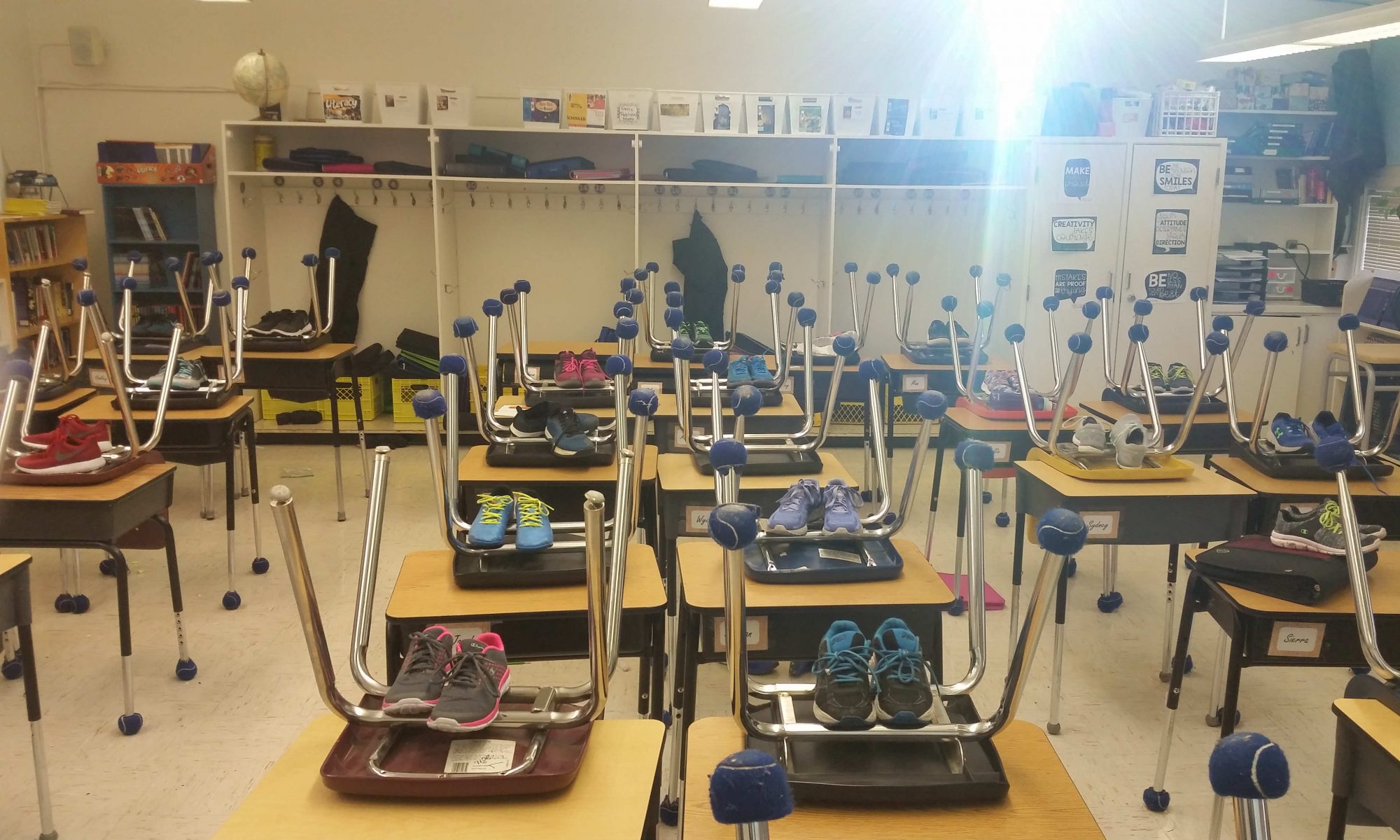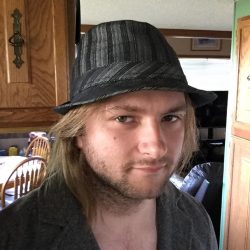i)
The two stories that I chose: Drew’s Self Story and Jessica’s Earliest Realization. Both stories share one aspect in common: they both explore differing cultural, pigmentation, and appearance realization, and this similar aspect relates to my own self story. As an example, three similar quotes “I met an odd stranger, who stood out from the rest. He was a young Aboriginal male”, “Melody had a different face structure, her body was shaped so differently, and her skin was significantly darker than mine”, and “I had participated in their activities I believed that I was a part of their race, even though I had a different skin colour.” All three quotes connect by explaining the author’s individual realization, about differing skin pigmentation, culture, or appearance. This resonated with me because all three stories share the ‘Normative Narrative’: aboriginal people wear stereotypical clothing, have brown skin, and have a, radically, differing culture. In fact, an aboriginal could appear ‘White’, culturally appear ‘White’, dress ‘White’, but still be genetically aboriginal, so I think, we need to be more aware, of other people’s ancestry, history, and family.
As an example, “researchers concluded from the over 2,000 interviews, “it is the shared perception among First Nations peoples, Métis and Inuit, across cities, that they are stereotyped negatively”(Clark, pp. 2). Although, the stereotypes are not negative, absolutely, they do clump all aboriginals into a similar group, and this could help reinforce negative stereotypes. Another example, “Contemporary forms of racial discrimination oftentimes are subtle and unintentional” (Clark, pp. 2-3). Stereotyping aboriginals subtly and unintentionally is discrimination racially, so the best way to stop this ‘Normative Narrative’, is to recognize and amend yours or its actions. This type of subtle stereotyping is called ‘Microaggressions’; as an example, “Racial ‘Microaggressions’ most often are unintentional and indirect and often-times invisible to perpetrators” (Clark, pp.2-3)
ii)
The fourth story I chose: Danica’s Why are they Different. This story differs from other stories because of perspective. The other three stories were at a perspective, from a ‘White’ appearing author. However, this story was written at a perspective, from a darker skin coloured author. As an example, “My skin was a darker pigment than many of my classmates”. This author writes about struggling, with the realization of having darker pigmentation than her classmates. This story was fascinating because of the change in perspective. Interestingly, this author does not consider herself aboriginal, so this story disrupts the ‘Microaggressions’ ‘Normative Narrative’, because it focuses on her noticing a difference, in her own pigmentation when compared to other people. As an example, “nor had any desire to embrace my family background and personal identity” and “I desperately wanted to understand what skin colour meant and why it was so varying among the people in my classroom.” Notice how she does not group, other people into categories based on pigmentation, culture, or appearance? As an example, “The ongoing construction of white racial identities has socialized whites to conceptualize their world in ways that favor their positions within it” (Solomona, pp. 2). The ‘Microaggressions’ ‘Normative Narrative’, has normalized ‘White’ people into being normal or un-peculiar, and this is reinforced by some ‘White’ teachers. People should not question their own normality based on mere differences.
As an example, “‘Aboriginal people are not the only people here.’ This comment, ‘Aboriginal people are not the only people here,’ suggests that it would be wrong to privilege Aboriginal history, knowledge, and experience in the teaching of one high school course in Canadian history and social studies” (St. Denis, pp. 1-2). This quote highlights an issue: that we should integrate and assimilate aboriginal history, people, and culture. Hopefully by now, we understand that and why ‘Microaggressions’ are a ‘Normative Narrative’, because the point of disrupting ‘Microaggressions’, is to prevent discrimination, racism, and inequality, not assimilate other people and cultures. The idea is to still recognize our own differences, but at the same time, we accept everybody’s normality and humanity. Kind of like appreciating our differences, while still seeing everybody as normal, instead of stereotyping people based on pigmentation, culture, and appearance.
References
R. Patrick Solomona , John P. Portelli , Beverly‐Jean Daniel & Arlene Campbell (2005) The discourse of denial: how white teacher candidates construct race, racism and ‘white privilege’, Race Ethnicity and Education, 8:2, 147-169, DOI:10.1080/13613320500110519
Clark, D. Anthony, Kleiman, Sela, Spanierman, Lisa B., Isaac, Paige & Poolokasingham, Gauthamie, (2014). “Do You Live in a Teepee?” Aboriginal Students’ Experiences With Racial Microaggressions in Canada. Journal of Diversity in Higher Education, v. 7, 112 – 125. DOI: 10.1037/a0036573
St. Denis, Verna, “Silencing Aboriginal Curricular Content and Perspectives Through Multiculturalism: “There Are Other Children Here”” (2011). Aboriginal Policy Research Consortium International (APRCi). 268. https://ir.lib.uwo.ca/aprci/268

